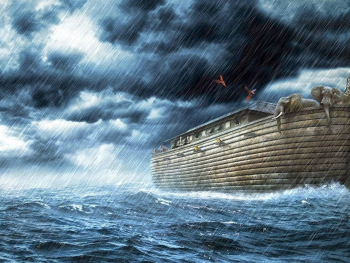Embarking on a journey through the Holy Land is a profound experience that allows travelers to trace the footsteps of biblical figures and immerse themselves in the landscapes and landmarks that have shaped religious history. From the rugged deserts of the Judean wilderness to the shores of the Sea of Galilee, the Holy Land is a tapestry of history, culture, and spirituality waiting to be explored. In this article, we embark on a virtual journey through biblical geography, uncovering the sacred sites and landscapes that have inspired faith and pilgrimage for millennia.
Jerusalem: The Heart of the Holy Land
Jerusalem stands as the spiritual and cultural centerpiece of the Holy Land, revered by Jews, Christians, and Muslims alike. From the ancient walls of the Old City to the sacred sites of the Temple Mount, Jerusalem is a city steeped in history and tradition. Pilgrims can walk the Via Dolorosa, believed to be the path that Jesus took on his way to the crucifixion, and visit the Western Wall, the last remnant of the Second Temple.
The Judean Wilderness: A Desert of Spiritual Renewal
To the east of Jerusalem lies the Judean wilderness, a rugged and desolate landscape that holds deep spiritual significance in the biblical narrative. It was here that Jesus spent forty days and nights fasting and praying, and where the Israelites wandered for forty years before entering the Promised Land. Travelers can hike through the desert terrain, visit ancient monasteries, and reflect on the timeless themes of temptation, perseverance, and renewal.
The Sea of Galilee: A Place of Miracles and Ministry
The Sea of Galilee, also known as Lake Tiberias or Lake Kinneret, is a tranquil and picturesque body of water that played a central role in the ministry of Jesus. It was on the shores of the Sea of Galilee that Jesus called his disciples, performed miracles such as walking on water and calming the storm, and delivered many of his teachings. Visitors can take boat rides on the sea, visit the ancient fishing village of Capernaum, and explore archaeological sites that provide insights into life in first-century Galilee.
Bethlehem: The Birthplace of Jesus
Located just south of Jerusalem, Bethlehem holds special significance as the birthplace of Jesus. Pilgrims can visit the Church of the Nativity, built over the traditional site of Jesus' birth, and the nearby Shepherds' Field, where the angels are said to have appeared to the shepherds announcing the birth of the Messiah. Bethlehem offers a glimpse into the humble beginnings of Jesus and the fulfillment of ancient prophecies.
The Mount of Olives: A Place of Prayer and Prophecy
The Mount of Olives, overlooking the city of Jerusalem, is a sacred site revered by Jews, Christians, and Muslims alike. It is associated with numerous biblical events, including Jesus' agonizing prayer in the Garden of Gethsemane and his ascension into heaven. Visitors can walk among ancient olive trees, visit historic churches and tombs, and take in panoramic views of the city below.
Exploring the Holy Land is a journey of spiritual discovery, cultural immersion, and historical exploration. From the ancient streets of Jerusalem to the tranquil shores of the Sea of Galilee, every corner of the Holy Land is infused with the stories and traditions of the Bible. Whether on a physical pilgrimage or a virtual exploration, travelers are invited to engage with the rich tapestry of biblical geography and discover the enduring legacy of faith and pilgrimage in the Holy Land.






